
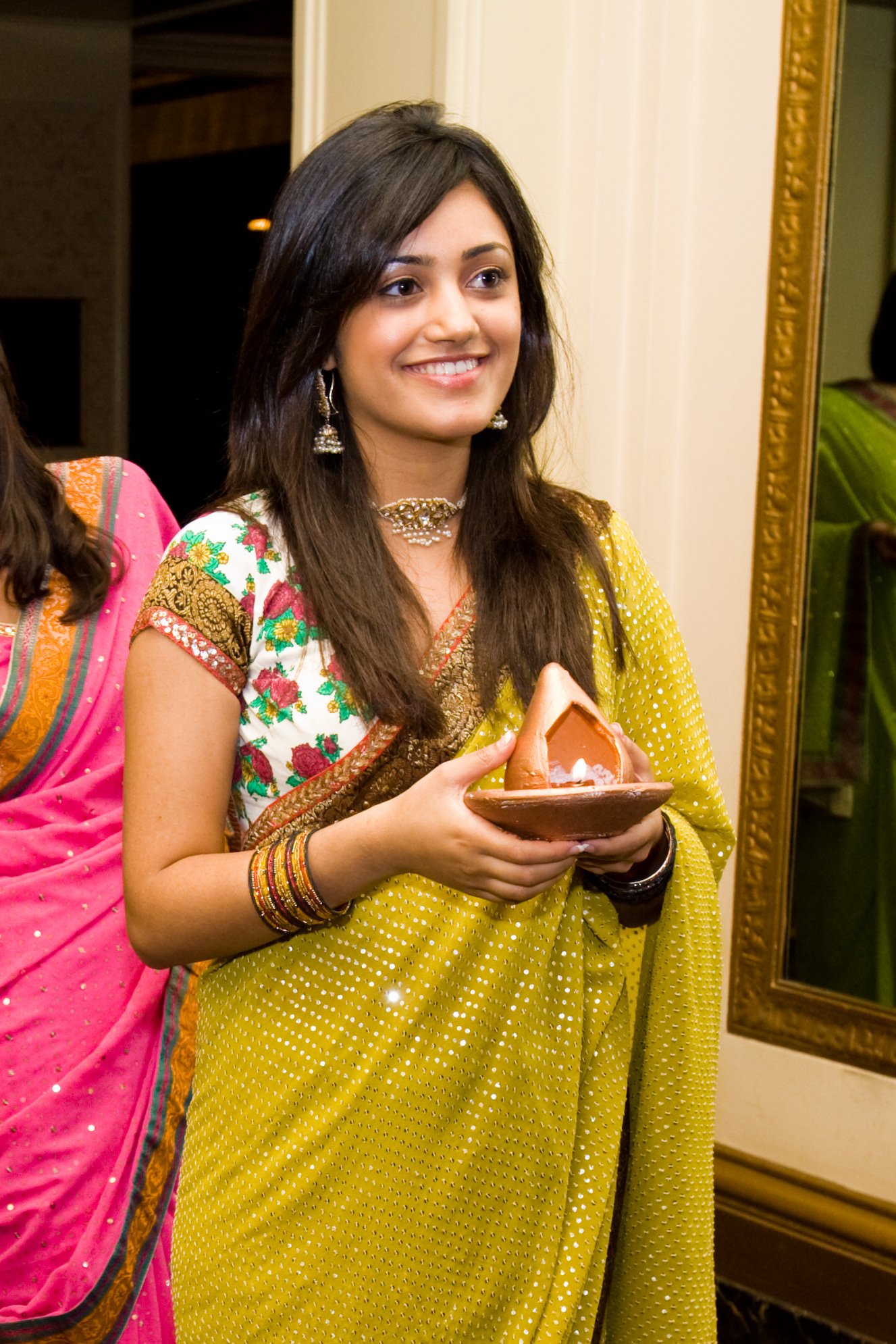 A classic representation of indian tradition and adaptability, the saree no longer requires the wearer to be patient while meticulously draping it around the body, making exact pleats, and drape the pallu before going out to kill it. Keep in mind that this is in india, a place where regional variations in saree draperies are common.
A classic representation of indian tradition and adaptability, the saree no longer requires the wearer to be patient while meticulously draping it around the body, making exact pleats, and drape the pallu before going out to kill it. Keep in mind that this is in india, a place where regional variations in saree draperies are common.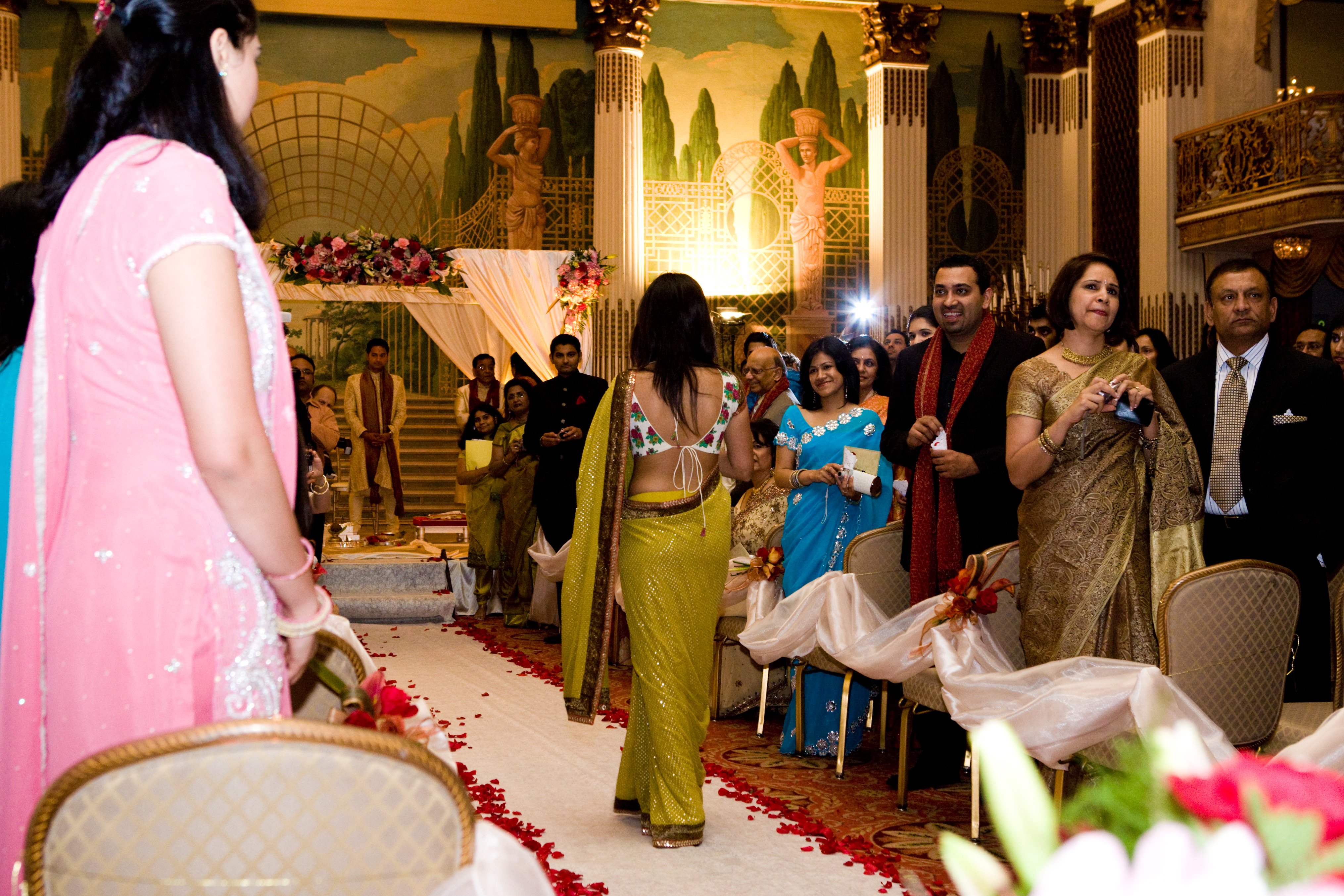 Pre-draped or pre-stitched sarees are a cutting-edge fashion option that attempts to do away with the "hassles" of draping and transporting the traditional garment. Pre-draped sarees are gaining popularity throughout India's wide-ranging fashion scene and becoming a unique clothing category, from the neighborhood tailor shop to the nation's best designer boutiques.
Pre-draped or pre-stitched sarees are a cutting-edge fashion option that attempts to do away with the "hassles" of draping and transporting the traditional garment. Pre-draped sarees are gaining popularity throughout India's wide-ranging fashion scene and becoming a unique clothing category, from the neighborhood tailor shop to the nation's best designer boutiques.Practicality meets pleats
A pre-draped saree is, as the name implies, already pleated and ready to wear. You just need to toss the pallu over your shoulder, slide it on like a skirt, and you're ready to go! Young people, particularly Gen Z and millennials, are drawn to these sarees because they feel carefree and celebratory without requiring the exacting art of draping.
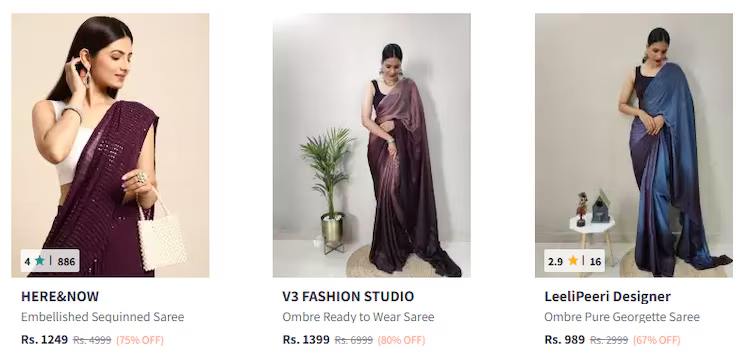 As varied as this traditional garment's adaptability is the selection of pre-draped sarees. Every taste and occasion is catered to with the selection, which includes bold, experimental pieces that shout edgy drama, minimalistic chiffon sarees, and intricate wedding designs. The pricing range also does.
As varied as this traditional garment's adaptability is the selection of pre-draped sarees. Every taste and occasion is catered to with the selection, which includes bold, experimental pieces that shout edgy drama, minimalistic chiffon sarees, and intricate wedding designs. The pricing range also does.One may simply buy a pre-draped saree for less than Rs. 2,000 on websites like Myntra and Amazon. Leading designers have also started taking advantage of the rising demand for pre-stitched sarees, including Jayanti Reddy, Anita Dongre, tarun Tahiliani, and amit Aggarwal.
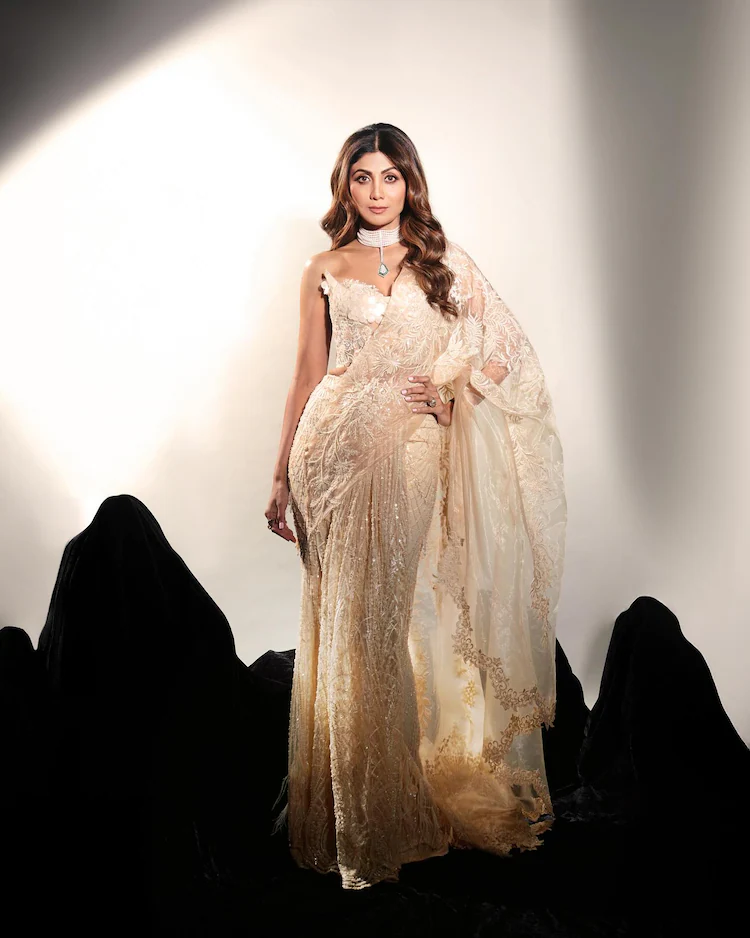
Because they are so handy, pre-draped sarees have become more popular. fashion designer Nitika Gujral, who has worked in the field for forty years and is headquartered in Delhi, claims that young people living in cities are driving this trend.
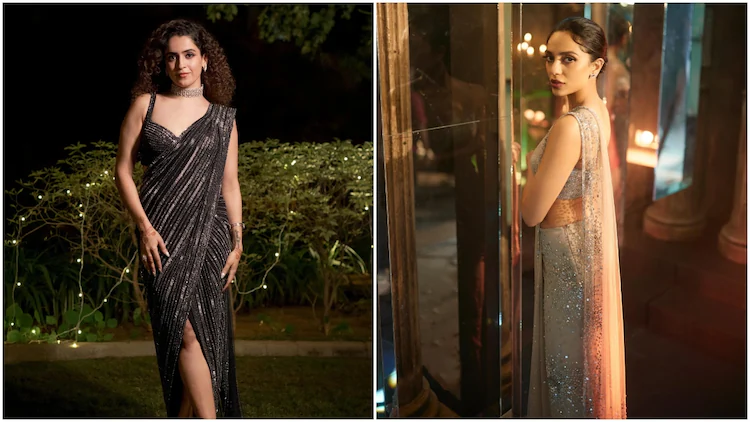 Due to their hectic schedules, young women nowadays frequently lack the time or experience necessary to become proficient in the art of traditional saree draping. "The pre-draped saree offers convenience and style in one piece, eliminating the need for help or a trip to the parlor for draping," explains Sahib Bhatia, creative director and co-founder of the company Amaare.
Due to their hectic schedules, young women nowadays frequently lack the time or experience necessary to become proficient in the art of traditional saree draping. "The pre-draped saree offers convenience and style in one piece, eliminating the need for help or a trip to the parlor for draping," explains Sahib Bhatia, creative director and co-founder of the company Amaare.Today's women prioritize efficiency without sacrificing flair, according to rahul khanna of the Delhi-based designer brand Rohit gandhi & rahul Khanna.
A nationwide trend?
Pre-draped sarees have become essential for urban inhabitants and working professionals. Taniya and Sujata Biswas, the owners of the saree brand Suta, claim that the market for ready-to-wear sarees is expanding at a pace of 8–10% each year, especially among Gen Z and busy millennials.
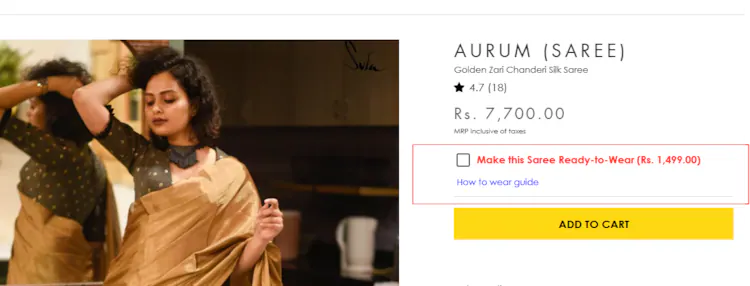 Tier 1 cities have the most demand, but Tier 2 and Tier 3 cities are showing increasing interest. The CAGR for this category is between 8 and 10%. According to owners Taniya and Sujata Biswas, the growing demand is not just from women who are not skilled at draping sarees but also from working women who are looking for convenience and time efficiency.
Tier 1 cities have the most demand, but Tier 2 and Tier 3 cities are showing increasing interest. The CAGR for this category is between 8 and 10%. According to owners Taniya and Sujata Biswas, the growing demand is not just from women who are not skilled at draping sarees but also from working women who are looking for convenience and time efficiency.By adding a special option to their website that lets shoppers select any saree and choose a ready-to-wear customization for an extra fee, Suta has embraced this trend. To ensure a flawless fit, the saree is customized to the customer's exact specifications.
Local boutiques now readily provide this choice as well.
Nowadays, a lot of professional women like their sarees to be ready to wear. Despite their fondness for sarees, women frequently find it difficult to drape them correctly, and time restrictions make matters worse. They thus ask for pre-pleated sarees, which are convenient to wear and transport, says Manisha Sharma, proprietor of Paridhaan Boutique in West Delhi.
"Even older ladies who would have trouble handling sarees are increasingly choosing pre-draped versions, particularly for elaborate or heavy drapes intended for weddings or festivals. Any local tailor can now perform these ready-to-wear changes for between ₹700 and 1,000, Sharma continues.
So, is india losing the art of saree draping?
Fashion experts say that's not the case with the popularity of pre-draped sarees. The saree will remain a representation of timeless elegance in its own region.
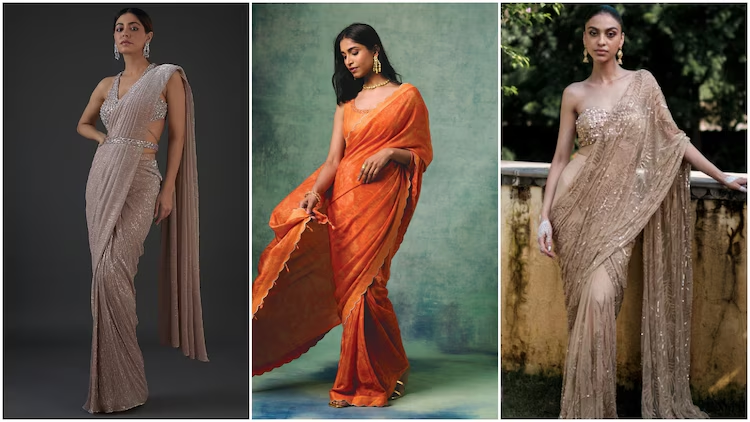 Traditional drapes are not being replaced by pre-draped sarees, despite their increasing popularity. Rather, they coexist and provide a range of options for different lifestyles. "Traditional drapes continue to be cultural symbols in regions like bengal and South india," says Suneet Varma.
Traditional drapes are not being replaced by pre-draped sarees, despite their increasing popularity. Rather, they coexist and provide a range of options for different lifestyles. "Traditional drapes continue to be cultural symbols in regions like bengal and South india," says Suneet Varma.According to Nitika Gujral, households in southern, eastern, and central india, as well as in places like gujarat and Rajasthan, continue to wear traditional sarees with their unique weaving.
Furthermore, according to industry experts, pre-draped sarees serve as a starting point for many people who have never worn a saree. They frequently switch to conventional draping techniques over time. According to the creators of Suta, the broader trend is the desire for sarees to return to daily life. The creator of the ethnic clothing brand Saundh, Sarabjit Saluja, concurs.
India is not losing sight of the skill of draping sarees; rather, it is changing the way people wear them. While pre-draped sarees serve some purposes, such as convenience, speed, and contemporary style, the classic appeal of draping a saree endures for festivals, weddings, and daily use, according to Saluja.




 click and follow Indiaherald WhatsApp channel
click and follow Indiaherald WhatsApp channel